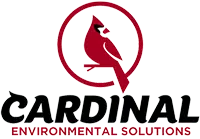Wild at Heart, Wrong in Your Home: Expert Wildlife Removal Tips
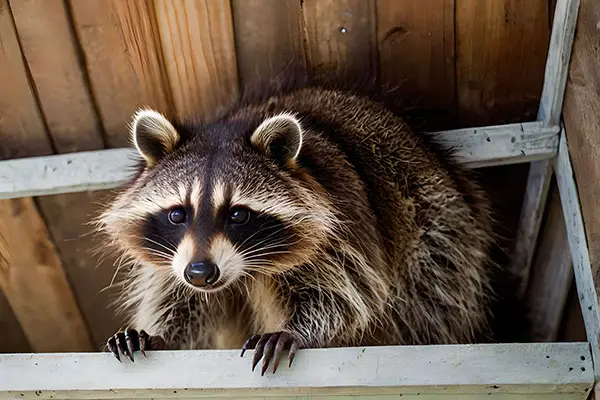
Sometimes wildlife removal is necessary. While wildlife is fascinating to observe in nature, animals that find their way into your home can cause major problems. Unwanted intruders like squirrels, raccoons, bats, and birds often seek shelter in attics, walls, and crawl spaces, leading to costly structural damage and serious health risks. Chewed wires, soiled insulation, and contaminated air are just a few of the hazards they create. Recognizing the early signs of an invasion—such as strange noises, droppings, or visible entry points—can help you catch issues before they escalate. Preventive steps like sealing gaps, securing garbage, and maintaining your yard can significantly lower the risk of an infestation. Acting quickly is crucial, as the longer wildlife remains in your home, the more extensive the damage becomes. Professional wildlife control experts can safely remove animals and help protect your home from future invasions, preserving both your property and your family’s well-being.
Common Types of Wildlife Intruders
Certain animals are more likely to find their way into homes, especially during colder months or breeding seasons when they seek shelter.
Common culprits include:
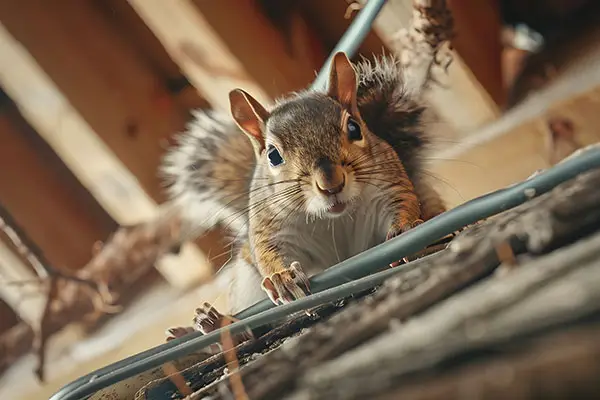
Squirrels/Chipmunks: Often enter attics through small gaps and chew on wood and electrical wires.
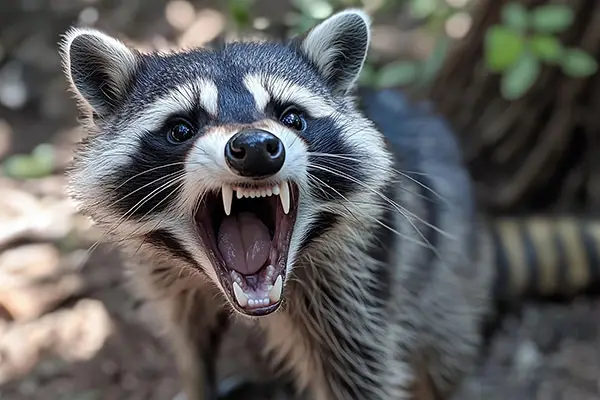
Raccoons: Strong and clever, they can tear through vents, roofing, or chimneys to gain access, and spread infections and diseases to humans.
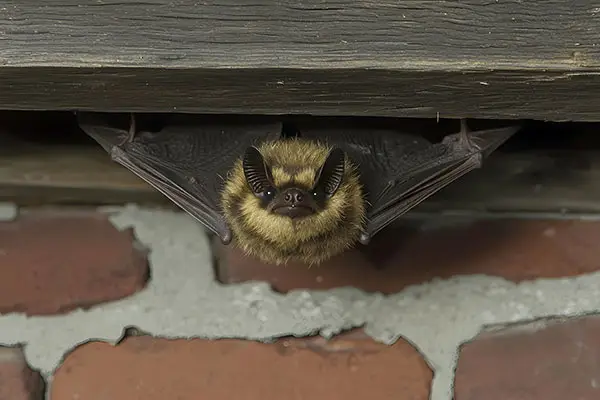
Birds/Bats: Can nest in vents, chimneys, or eaves, blocking airflow and creating fire hazards.
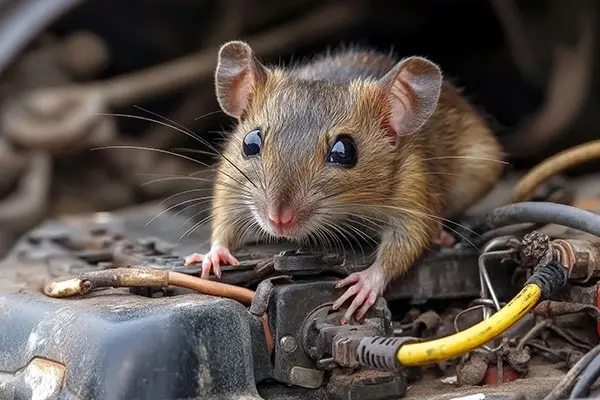
Mice and Rats: Small rodents that enter through tiny cracks, chewing through walls, insulation, and wiring
Regular inspections—especially in garages, basements, crawl spaces, and around the foundation—can help you catch these signs early.
Signs of Wildlife Damage
Early detection can prevent bigger problems down the road. Watch for these signs that wildlife may be inside your home:
Noises: Scratching, scurrying, or thumping sounds, especially in walls, ceilings, or attics.
Droppings: Animal feces near entry points, in attics, or along baseboards.
Chewed Wires and Wood: Squirrels and rodents often gnaw on wiring, which can create fire risks.
Foul Odors: Urine and droppings can create strong, unpleasant smells that linger indoors.
Damaged Vents and Rooflines: Torn screens, missing shingles, or bent vents can be signs of forced entry.
Tracks or Grease Marks: Animals often leave greasy smudges along walls or floors where they travel.
If you notice any of these signs, it’s important to act quickly to minimize damage.
Risks to Health and Property
Wildlife infestations bring significant risks that extend beyond structural damage:
Electrical Fires: Animals chewing on wires can cause shorts and potentially ignite fires.
Structural Damage: Tunneling, gnawing, and nesting can weaken attic supports, insulation, and drywall.
Health Hazards: Animal droppings can carry diseases such as histoplasmosis (from bat guano) or leptospirosis (from rodent urine).
Parasites and Pests: Wildlife can bring fleas, ticks, and mites into your home, creating additional infestations.
Air Quality Issues: Urine and droppings can create strong odors and airborne contaminants that affect indoor air quality.
Protecting your home and health starts with fast identification and response to wildlife problems.
Prevention and Safe Removal
We can help you protect your home through moisture control, regular inspections, and professional treatment options.
The best way to handle wildlife damage is to prevent it from happening in the first place. Here are some smart prevention strategies:
Seal Entry Points: Inspect and seal cracks, gaps, and holes around the roofline, foundation, and vents.
Secure Garbage and Pet Food: Use tightly sealed containers to avoid attracting raccoons and rodents.
Trim Trees and Shrubs: Keep branches away from the roof to limit easy access points for climbing animals.
Install Chimney Caps and Vent Covers: These can prevent birds, bats, and raccoons from entering through open vents or chimneys.
Maintain Your Yard: Clear debris, woodpiles, and overgrown vegetation that can shelter wildlife.
If animals have already made their way inside, always seek help from a licensed wildlife removal professional. Attempting to remove animals on your own can be dangerous, both to you and the animals. Professionals can safely and humanely remove wildlife, repair the damage, and help you secure your home against future intrusions.
Wildlife may belong in nature, but when they take up residence in your home, they can cause major problems. By learning how to identify signs of wildlife damage, understanding the risks involved, and taking proactive prevention steps, you can keep your home safe, secure, and animal-free. If you suspect you have a wildlife issue, don’t wait—contact a trusted wildlife control expert to assess the situation and protect your home.
